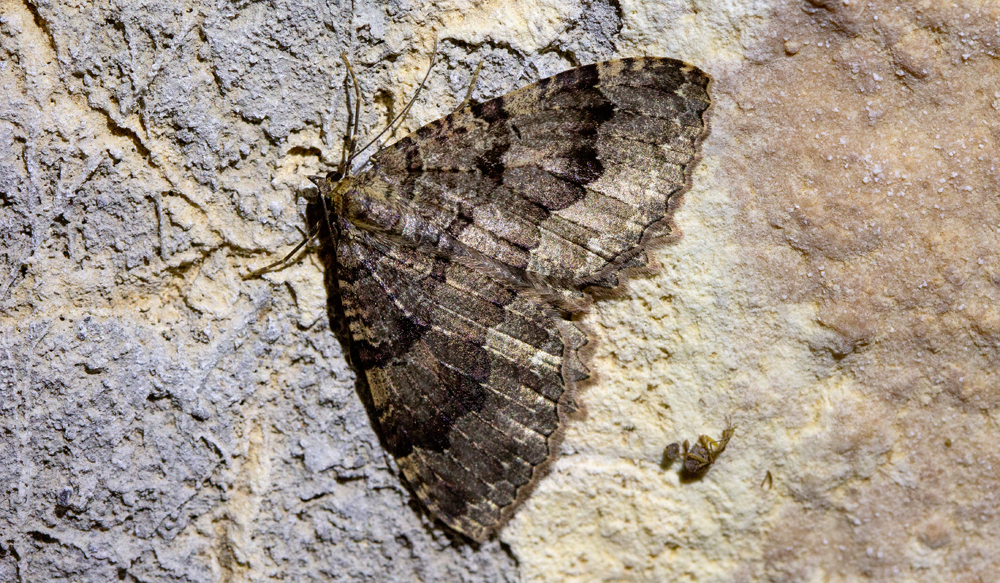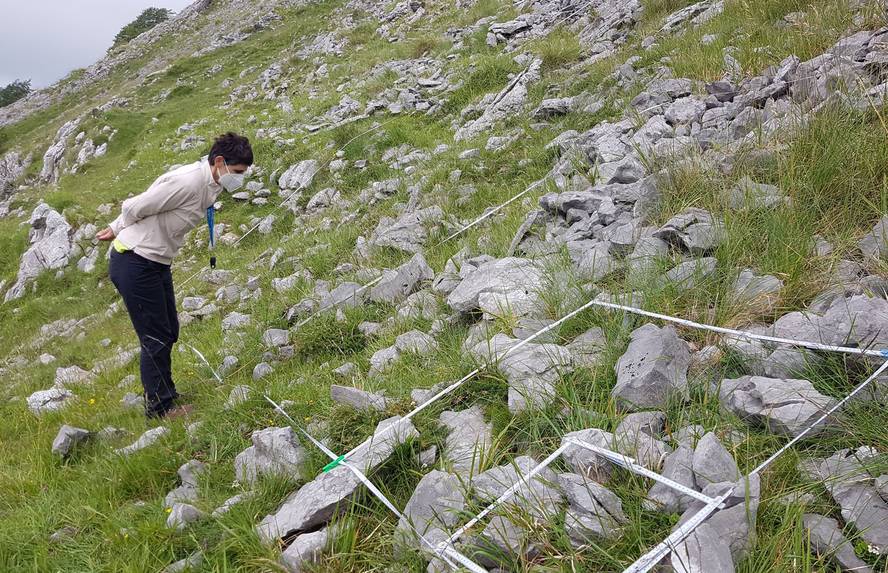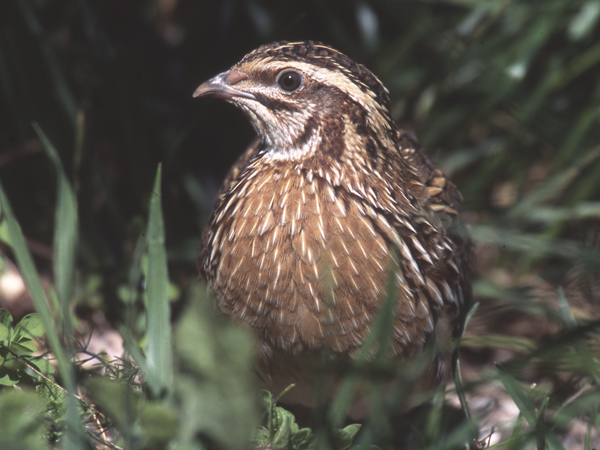Beauty in the darkness of the caves
- Butterflies flying. Blooming, immersed in the vibrant dances of the air. It's spring and fields have flourished, nature has woken up. The butterflies have come out. Yes, they've come out. Where do you get it from? Where do the butterflies spend the winter?

It's hard to believe, but there are butterflies who spend the winter sheltering in the caves. Let us not be mistaken. Under beautiful flower-filled meadows, the caves are much more than a dark, lifeless hole. Home to beautiful and strange organisms. It's still winter, in March, we walked into one of those caves. In particular, in Araotz-Oñati, the quote was at the reception of the Arrikrutz caves. The Arrikrutz pilot is led by Maddi Mujika and Iker Novoa, a member of the Zerynthia team. They have taught us the secrets of the caves of Araotz: from butterflies to the smallest earthly snail on the Iberian Peninsula. In the grandeur of the cave of Arrikrutz, we have focused on the small. To those beautiful living creatures that are hidden, without noticing, in the dark.
We're in the widest network of caves in Gipuzkoa. With the help of the flashlights, we look around: the stone and the water. That's what our eyes have seen. Within this simplicity of the environment, however, the minimum detail has its importance. Many of the organisms inside the cave are Troglobs that go through their entire life cycle within the cave and cannot live outside it. But to live indoors, they need organic matter. But where do we get that stuff from?
The scarcity of organic matter in the caves and the scarce presence of this is a paradise for the organisms that inhabit them. Animal droppings, animals introduced and killed abroad, or matter carried by water, become oasis in the centre of the cave desert.
It's easier off the cave or at the entrance of the caves. It's not the same the entrance or the inside of the cave. Even if it sounds like a lie, in the darkness of the hole there is zoning. Not everything is stone and water, not everything is the same. At the entrance of the caves, for example, in this area where lights are allowed to enter, there may be plants that will make the unorganic matter necessary for the life of many organisms. In the depths of the cave, in the darkness, there is no vegetation. It's the bacteria that work on the plants. The smallest being acquires great importance in the grandeur of the cave.
.jpg)
The spiders and butterflies of the cave
entrance have been joined by the snail of Quimper (Elona quimperiana), a very special snail. However, this flat shell snail, which we will only find on the Cantabrian coast and in French Brittany, is not the only mollusk that we will find in the cave. Then another gem appeared to us: Zospeum vasconicum, the smallest troglobe of snails on the Iberian Peninsula, 1.3 millimeters. We put in our eyes the small magnifying glass that the guides have left us and we are looking at the tiny beings that are glued to the wall. It is a kind of singular snail that was declared in 2015. This was possible thanks to the analysis of a sample taken in the valley of Araotz, in Oñati. And there we are, faced with a special invertebrate that lives all over the world, only in a small territory of the Basque Country.
We've noticed a movement in a little puddle in the center of the cave. It's a small crustacean, depigmented like many organisms inside the cave. Special, really. Today we are lucky. We have had the opportunity to find those who are rarely seen. In this inner world, built to a small extent, an opion has been the last one that has made us cuckoo. It's hidden in the depths of the stalagmite. And we, believing that the cave was dead…
Not everything is Troglobe All
organisms, however, are not Troglobes. There are those who unexpectedly enter the cave: salamander, toads… or those who only spend part of their cycle in the cave: bats, for example. Within this last group we will also find some butterflies. At the beginning of the tour Mujika and Novoa ask us where the butterflies spend the winter. We are looking for an answer. We left Arrikrutz and headed to the cave of Sandaili (Santa Ilia) without leaving the valley of Araotz.
Take the floor Iker Novoa. He told us that butterflies have different ways to spend the winter, and that we will have the opportunity to see different models. Say and I did: For example, the winter butterfly called Endromis versicolora has the ability to remain active in "unfavorable" conditions. You can see them flying in winter and in rain, especially in areas of mixed forest, where birch and aliso can be found. Being the night female and the male of the day, the reproductive strategy is curious. The female spends her day resting on a plant, but casting pheromones. When the male perceives the female's pheromones with its feathers antennas on the sides of the head, she approaches it and mating occurs. In the evening, the females start to fly and look for the right plant (in many cases birch) to lay their eggs in it.
But winter is not the best time for butterflies. Its active presence is therefore not common in most species. To spend the winter, different species use different strategies. For example, the meeting butterfly (Thecla betulae) spends winter like an egg. At the end of summer, they lay the eggs on the smallest branches of black hawthorn, and after winter, when the thorns flourish, the caterpillars will come out of them. Elorri's flowers will be her first lunch.
In the case of processionary or pine caterpillar (Thaumetopoea pityocampa), many invest in the form of soil chrysalis. Seeing that summer conditions are not good, in this species they are able to spend several years underground as a hatchery, until good conditions arrive. In many other cases, however, winter passes as herbs in the well-known white bags that are made in pine. They're going to come down from the pine forest and get into the subsoil in a group. Spring will pass in the form of chrysalis, to take the matured butterfly out of the ground in summer; as I say, if the conditions are good.
There's another strategy that makes this unknown world of butterflies even more striking. There are species that spend the winter in the caves. They go through under the protection of rigid walls and darkness. To find them we entered the cave of Sandaili, where we found them. On the walls, I slept, waiting for the arrival of spring.
“But the butterflies did not die within a few days of being born?” Iker Novoa belies a widespread belief: winter butterflies, for example, can spend months as adults
The cave, the winter refuge of the butterflies,
entered the Cave and we have seen them right away. The limestone walls contain the butterfly species Alucita hexadactyla and Scoliopterix libatrix. They are waiting for the good time to leave the cave and start their life abroad. Novoa tells us that winter has passed inside. However, this has created a question among those who have approached the route: “But wouldn’t butterflies die within a few days of being born?” It belies the widespread belief that winter butterflies, for example, can spend months as adults. In summer they become mature butterflies and, after fall, in winter they enter the cave to sleep. In spring they come out, they reproduce and they die.
Although the tour was carried out in winter, the proximity of spring is evident. In the cave we found butterflies Scoliopterix libatrix. When the good weather arrives, the adults will come out at night and all spring and summer will come in and out into the cave. The eggs shall be placed in sauces and in the chopsticks and caterpillars coming out of the eggs shall be eaten willow. In butterflies, the feeding and growth phase is that of caterpillar. That's when they eat the most to grow. Adults, on the other hand, will absorb nectar to get from flowers the minimum energy to survive. A few species also don't.
We stopped at Alucita hexadacty before continuing the march. Their wingy wings surprise us. However, beyond beauty, Novoa tells us that they are ideal for a particular function: they are adaptations to mix bats. Butterflies are a good meal for bats, but when the waves of their sonars collide with the feathers of Alucita, they are discouraged. Thanks to this, the butterfly is more likely to escape.
Under the shelter of the
cave, everything is not animals. Novoa teaches us a special plant at the entrance to the cave of Sandaili: Urtica membranacea. It was 150 years ago when a German botanist first mentioned it on the coast of Euskal Herria. What was never seen since then, was lost until a group of experts found it two years ago at the entrance of the Oñati caves. In fact, Asun's language also likes cave entrances.
The bears disappeared, as did the famous lion of Arrikrutz, from Araotz. However, vertebrates still need underground cavities. A large herradura bat (Rhinolophus ferrumequinum) has been suspended inside the cave, where winter has passed. Knowing that they could be bats in the caves, we've been photographing without flash all day long. We have had the help of flashlights and special materials to make the photos. We have quickly left the area with the intention of making the least possible bottleneck. The tour is over, we return to the entrance of the cave of Sandaili. We left under the earth and saw the sky above us. A sky that many of the small, beautiful animals that are found today will never see.
.jpg)
1 Zospeum vasconicum, the smallest troglobe snail in the Iberian Peninsula, 1.3 mm.
2 We have seen an opium that wanted to hide in the reindeer at the tip of the stalagmite.
3 Impressive spiders entering the cave, of the Menardi target species.
4 Scoliopterix libatrix butterflies on the forehead.
5 We found a large horseshoe bat (Rhinolophus ferrumequinum) hanging inside the umpteenth.
Photos: Dani Blanco
Eskola inguruko natur guneak aztertu dituzte Hernaniko Lehen Hezkuntzako bost ikastetxeetako ikasleek. Helburua, bikoitza: klima larrialdiari aurre egiteko eremu horiek identifikatu eta kontserbatzea batetik, eta hezkuntzarako erabiltzea, bestetik. Eskola bakoitzak natur eremu... [+]
Andeetako Altiplanoan, qocha deituriko aintzirak sortzen hasi dira inken antzinako teknikak erabilita, aldaketa klimatikoari eta sikateei aurre egiteko. Ura “erein eta uztatzea” esaten diote: ura lurrean infiltratzen da eta horrek bizia ekartzen dio inguruari. Peruko... [+]
Biologian doktorea, CESIC Zientzia Ikerketen Kontseilu Nagusiko ikerlaria eta Madrilgo Rey Juan Carlos unibertsitateko irakaslea, Fernando Valladares (Mar del Plata, 1965) klima aldaketa eta ingurumen gaietan Espainiako Estatuko ahots kritiko ezagunenetako bat da. Urteak... [+]
Nola azaldu 10-12 urteko ikasleei bioaniztasunaren galerak eta klima aldaketaren ondorioek duten larritasuna, “ez dago ezer egiterik” ideia alboratu eta planetaren alde elkarrekin zer egin dezakegun gogoetatzeko? Fernando Valladares biologoak hainbat gako eman dizkie... [+]

























